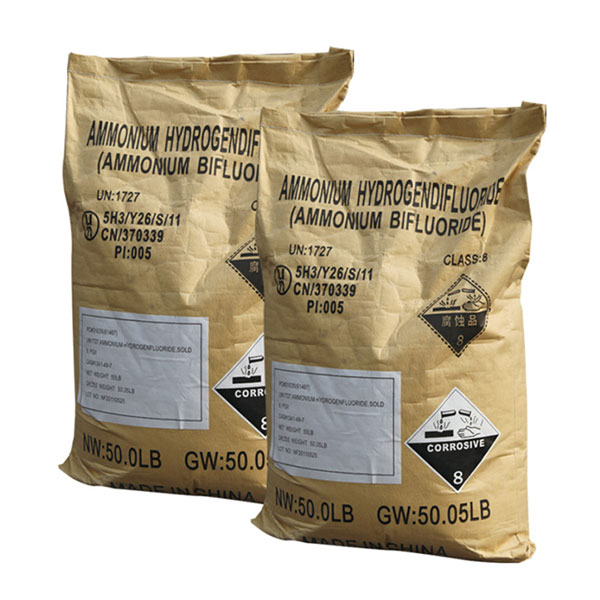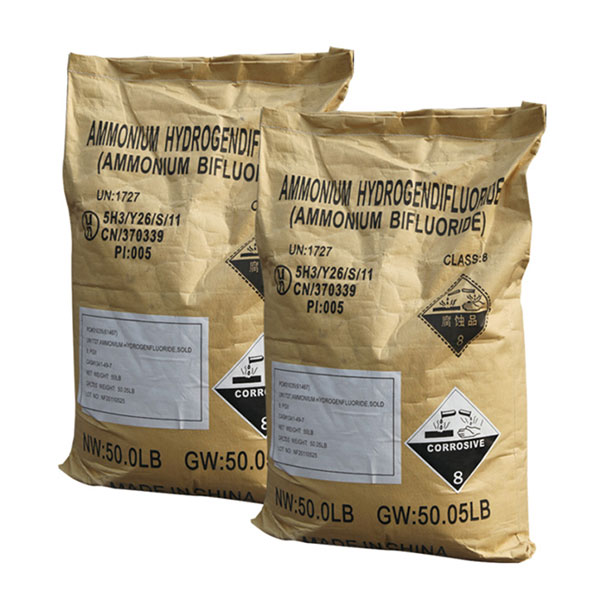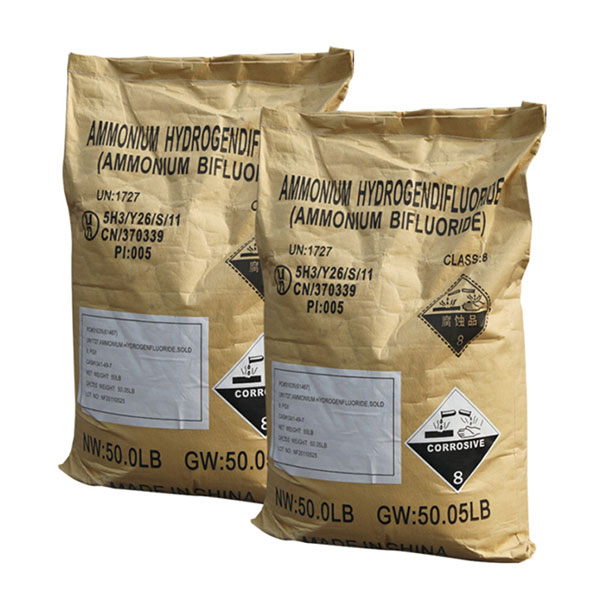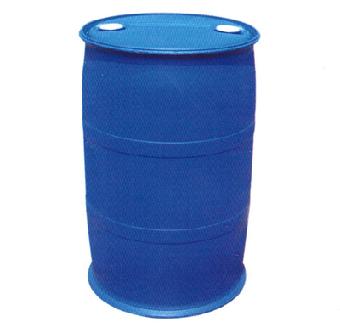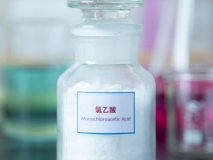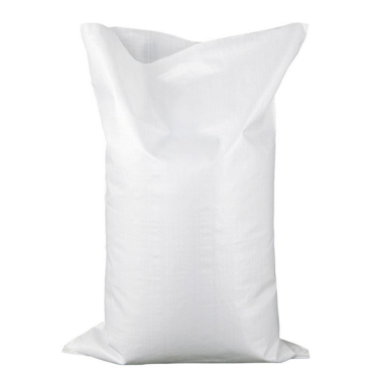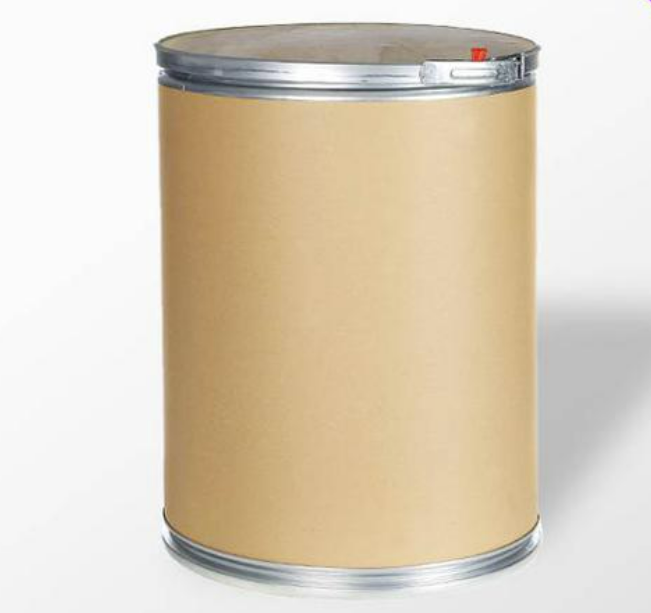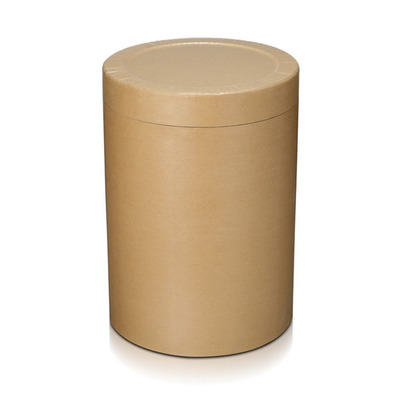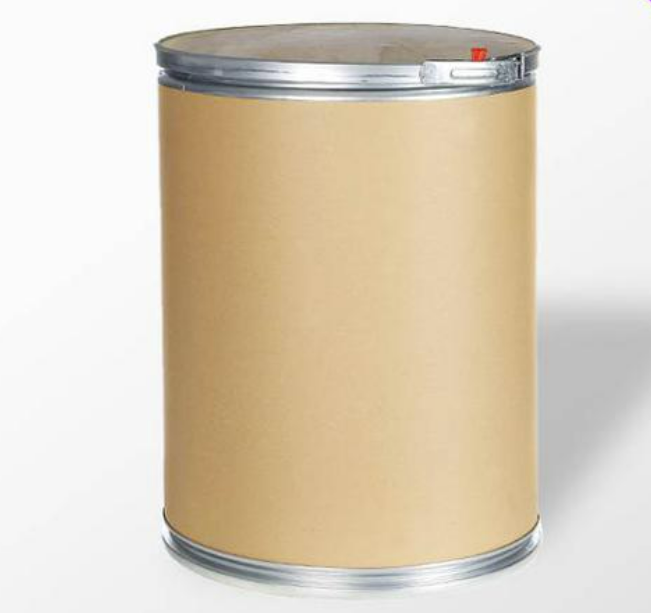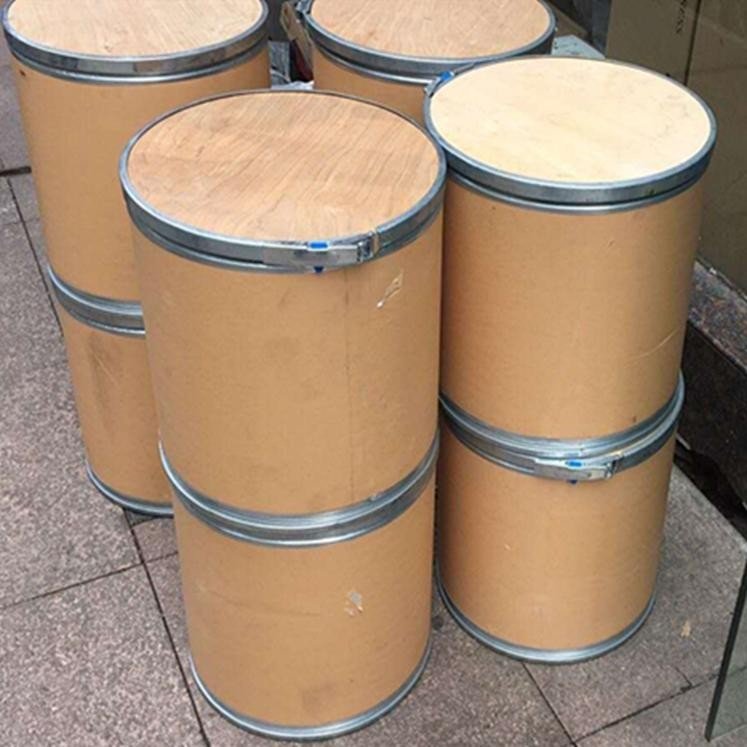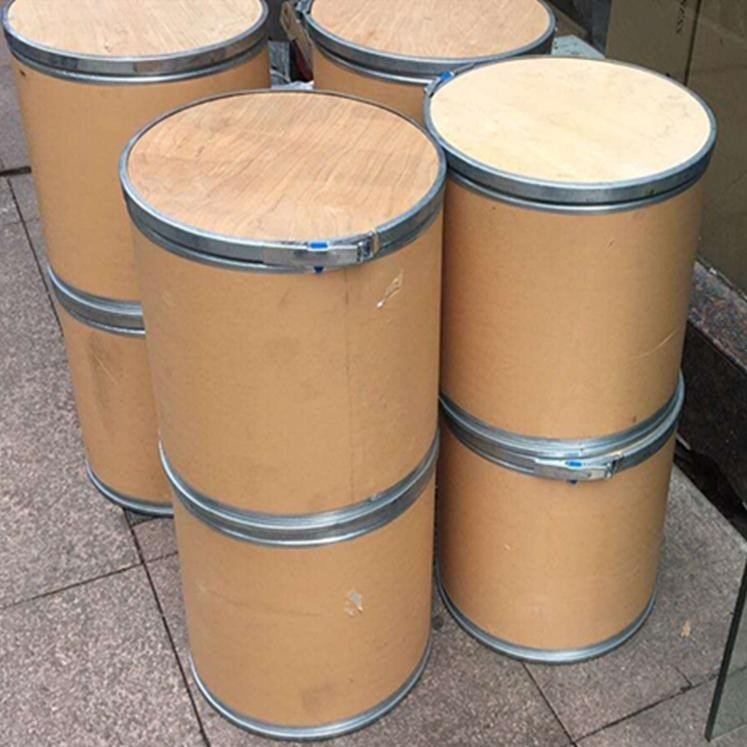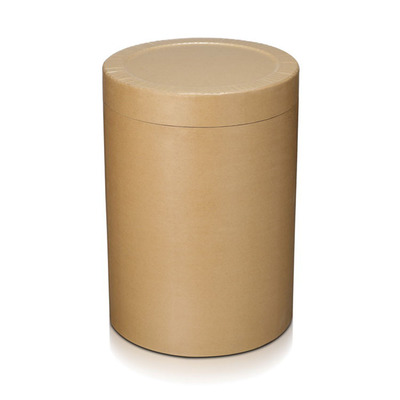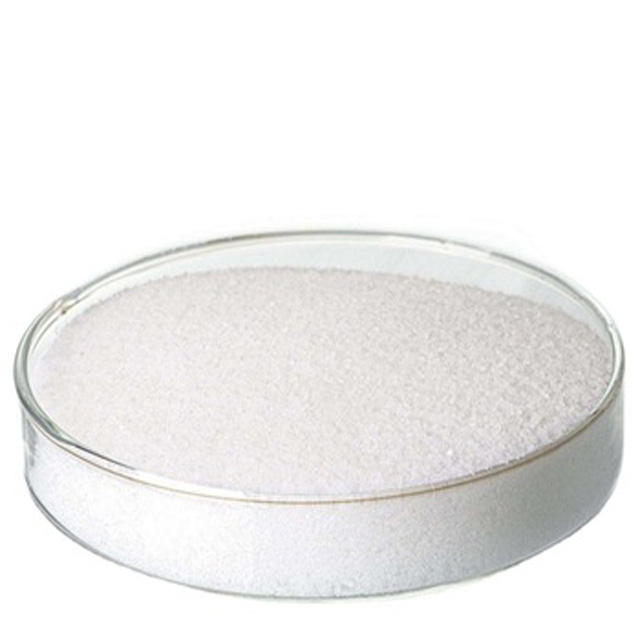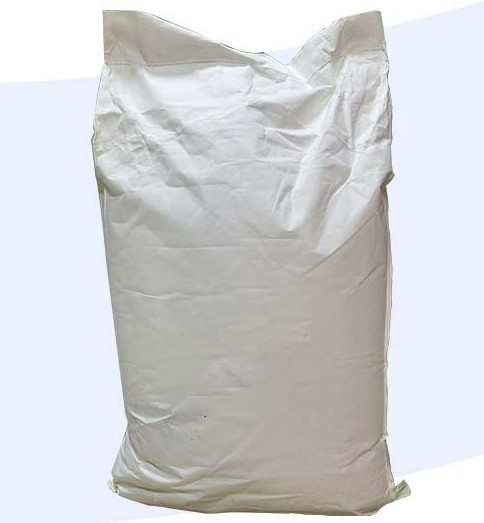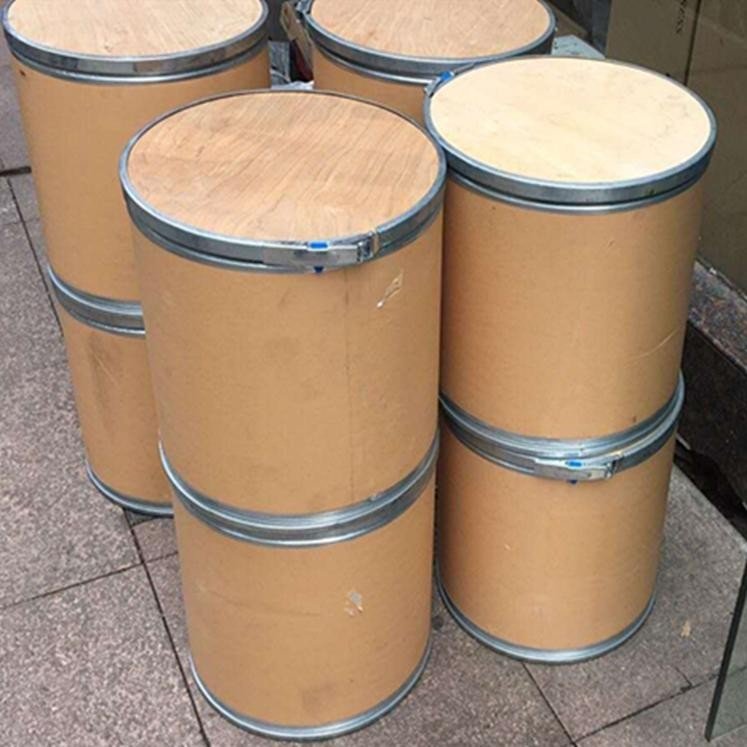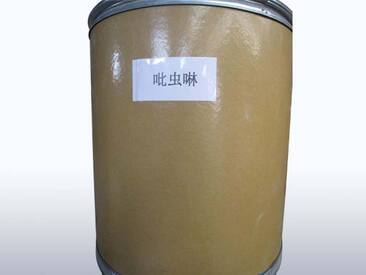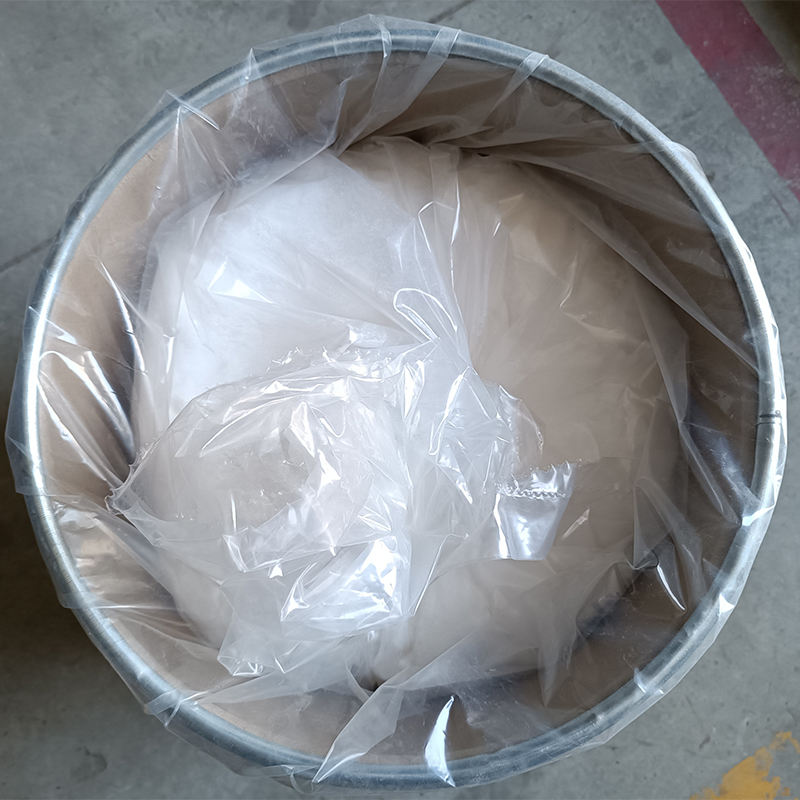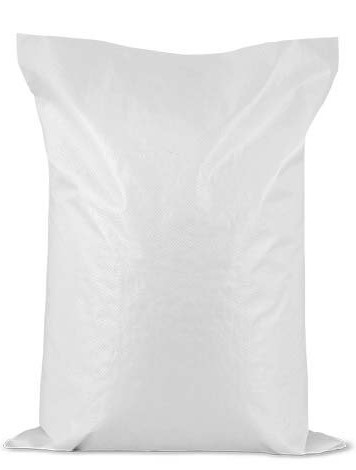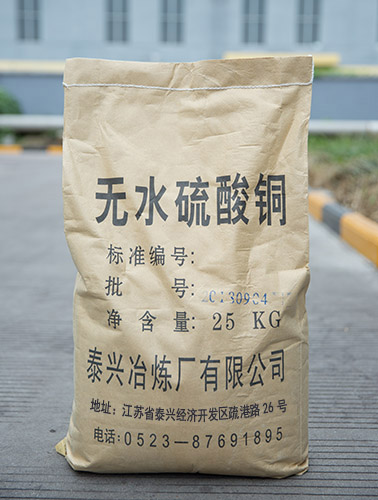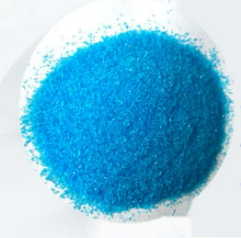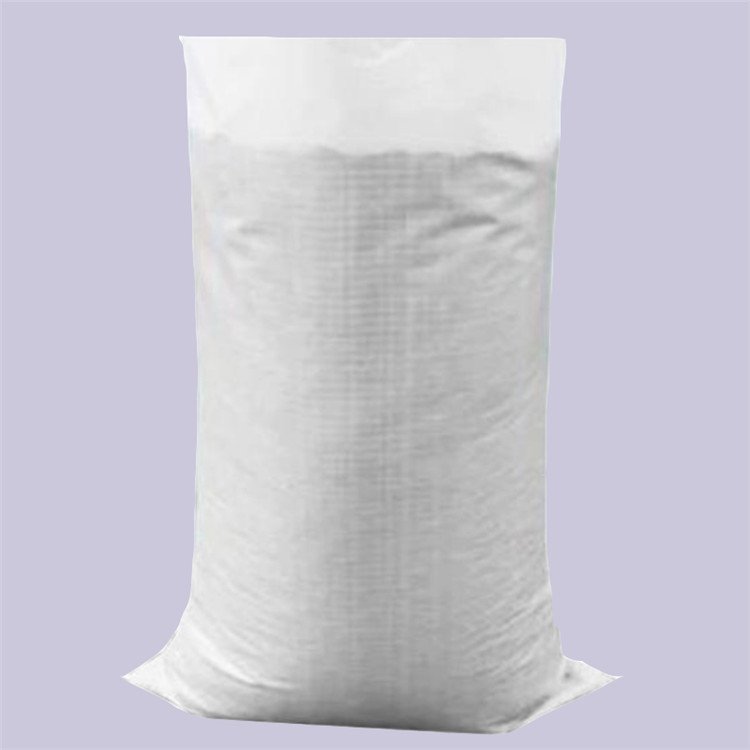Agrochemicals
Find
148
related chemicals for you
CAS:79-11-8
Molecular Formula:C2H3ClO2
Alias
More Information
Monochloroethanoic Acid; Monochloressigsaeure; Monochloroacetic; Anhydrous Chloroacetic acid; TZR-701 Flame Retardant Lubricant; Isocyanuric acid Melamine salt; Monochloroacetic Acid; Monochloro Acetic acid
Brief Introduction
Chloroacetic acid, solid is a colorless to light-brown crystalline material. It is soluble in water and sinks in water. Combustible. It is transported as a molten liquid and therefore can cause thermal burns. It is toxic by ingestion, skin absorption and inhalation of dust. It is corrosive to metals and tissue.
Suppliers
View More Vendors (5) >
CAS:103055-07-8
Molecular Formula:C17H8Cl2F8N2O3
Alias
More Information
Fluphenacur; 1-(2,5-Dichloro-4-(1,1,2,3,3,3-Hexafluoropropoxy)Phenyl)-3-(2,6-Difluorobenzoyl)Urea; Rac-N-({2,5-Dichloro-4-[(2R)-1,1,2,3,3,3-Hexafluoropropoxy]Phenyl}Carbamoyl)-2,6-Difluorobenzamide; N-{[2,5-Dichloro-4-(1,1,2,3,3,3-Hexafluoropropoxy)Phenyl]Carbamoyl}-2,6-Difluorobenzamide; (Rs)-1-[2,5-Dichloro-4-(1,1,2,3,3,3-Hexafluoropropoxy)Phenyl]-3-(2,6-Difluorobenzoyl)Urea; N-[[2,5-Dichloro-4-(1,1,2,3,3,3-Hexafluoropropoxy)Phenyl]Carbamoyl]-2,6-Difluorobenzamide; N-[[[2,5-Dichloro-4-(1,1,2,3,3,3-Hexafluoropropoxy)Phenyl]Amino]Carbonyl]-2,6-Difluorobenzamide; (Rs)-1-[2,5-Dichloro-4-(1,1,2,3,3,3-Hexafluoropropoxyl)Phenyl]3-(2,6-Difluorobenzoyl)Urea; Cga-184,699; Benzamide, N-2,5-Dichloro-4-(1,1,2,3,3,3-Hexafluoropropoxy)Phenylaminocarbonyl-2,6-Difluoro-; Lufenuron (Bsi,Iso,Inn); N-[2,5-Dichloro-4-(1,1,2,3,3,3-Hexafluoropropoxy)-Phenyl-Aminocarbonyl]-2,6-Difluorobenzamide
Brief Introduction
Lufenuron is the active ingredient in the veterinary flea control medication Program, and one of the two active ingredients in the flea, heartworm, and anthelmintic medicine milbemycin oxime/lufenuron (Sentinel).
Lufenuron is stored in the animal's body fat and transferred to adult fleas through the host's blood when they feed. Adult fleas transfer it to their growing eggs through their blood, and to hatched larvae feeding on their excrement. It does not kill adult fleas.; Lufenuron, a benzoylurea pesticide, inhibits the production of chitin in insects. Without chitin, a larval flea will never develop a hard outer shell (exoskeleton). With its inner organs exposed to air, the insect dies from dehydration soon after hatching or molting (shedding its old, smaller shell).; Lufenuron is also used to fight fungal infections, since fungus cell walls are about one third chitin.
Lufenuron is also sold as an agricultural pesticide for use against lepidopterans, eriophid mites, and western flower thrips. It is an effective antifungal in plants.
Suppliers
View More Vendors (5) >
CAS:120068-37-3
Molecular Formula:C12H4Cl2F6N4OS
Alias
More Information
5-Amino-1-[2,6-Dichloro-4-(Trifluoromethyl)Phenyl]-4-(Trifluoromethylsulfinyl)Pyrazole-3-Carbonitrile; Fipronil, Pestanal(R), Analytical Standard; Carbonitrile; Termidor; Fluocyanobenpyrazole; Prince; Regent; Goliath Gel
Brief Introduction
Fipronil is the first benzopyrazole used for pest control. Since its discovery in 1987, it has been widely used in many fields such as agriculture and veterinary medicine, and has become an important insecticide variety. Non prednisolone, trade name regent, is a new type of benzopyrazole insecticide. Compared with traditional insecticides (organophosphorus, pyrethroid and carbamate), it has the advantages of broad spectrum and high efficiency. It has been widely used in many agricultural fields and is a common insecticide for pest control. Fipronil is mainly produced by blocking γ- Aminobutyric acid receptor controlled Cl - channel induces Cl - flow, which causes the nervous system to be extremely excited and leads to the death of insects, so as to achieve the control effect on a variety of economic pests.
Suppliers
View More Vendors (5) >
CAS:138261-41-3
Molecular Formula:C9H10ClN5O2
Alias
More Information
1-((6-Chloropyridin-3-Yl)Methyl)-3-Nitroimidazolidin-2-Imine; Bay-Ntn33893; Imidacloprid; Confidor200Sl; Confidorsl; Merit(Insecticide); Provado; (2E)-1-[(6-Chloro-3-Pyridinyl)Methyl]-N-Nitro-2-Imidazolidinimine; Couraze; Grubex
Brief Introduction
Imidacloprid is a kind of high-efficiency and broad-spectrum insecticide, which has stomach toxicity and contact effect. It has a long duration of efficacy and has a good control effect on piercing sucking mouthparts pests. The drug is a new structure compound. Its action point in insects is nicotinic acetylcholinesterase receptor, which interferes with the motor nervous system of insect pests. The mechanism of action is completely different from that of traditional insecticides, so there is no cross resistance. It is mainly used to control the piercin
Suppliers
View More Vendors (5) >
CAS:7758-98-7
Molecular Formula:CuO4S
Alias
More Information
Sulfuric Acid Copper(2+) Salt (1:1); Copper Sulphate; Copper(2+) Sulfate; Cupric Sulfate; Copper Sulphate (Feed Grade); Copper(II) Sulfate; Copper Sulphate for Pesticide; Cooper Sulphate
Brief Introduction
Copper sulfate, also known as blue alum, with chemical formula CuSO4, is white powder without water, blue powder with water, or light grayish green due to impure. It is a soluble copper salt. The common form of copper sulfate is its crystal. Copper sulfate tetrahydrate ([Cu (H2O) 4] SO4 · H2O, copper sulfate pentahydrate) is a blue solid. Its aqueous solution is blue due to hydrated copper ions, so anhydrous copper sulfate is often used to test the existence of water in the laboratory. In real production and life, copper sulfate is often used to refine refined copper, which can be mixed with hydrated lime to produce pesticide Bordeaux liquid. Copper sulfate is a heavy metal salt, toxic, and the lethal dose for adults is 0.9g/kg. If you eat by mistake, you should immediately eat or drink protein rich foods such as milk and egg white, or use EDTA calcium sodium salt to detoxify. White anhydrous copper sulfate powder is blue after dropping into water
Suppliers
View More Vendors (4) >
Inquiry (
10
/ 10
)
Clear All
You can inquire for up to 10 products at a time
Sign In
Error!

